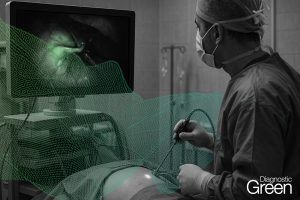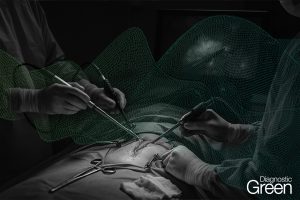Purpose: Fluorescence-based imaging has found application in several fields of elective surgery, but there is still a lack of evidence in the literature about its use in emergency setting. The present review critically summarizes currently available applications and limitations of indocyanine green (ICG) fluorescence in abdominal emergencies including acute cholecystitis, mesenteric ischemia, and trauma surgery.
Methods: A systematic review was performed according to the PRISMA statement identifying articles about the use of ICG fluorescence in the management of the most common general surgery emergency. Only studies focusing on the use of ICG fluorescence for the management of acute surgical conditions in adults were included.
Results: Thirty-six articles were considered for qualitative analysis. The most frequent disease was occlusive or non-occlusive mesenteric ischemia followed by acute cholecystitis. Benefits from using ICG for acute cholecystitis were reported in 48% of cases (clear identification of biliary structures and a safer surgical procedure). In one hundred and twenty cases that concerned the use of ICG for occlusive or non-occlusive mesenteric ischemia, ICG injection led to a modification of the surgical decision in 44 patients (36.6%). Three studies evaluated the use of ICG in trauma patients to assess the viability of bowel or parenchymatous organs in abdominal trauma, to evaluate the perfusion-related tissue impairment in extremity or craniofacial trauma, and to reassess the efficacy of surgical procedures performed in terms of vascularization. ICG injection led to a modification of the surgical decision in 50 patients (23.9%).
Conclusion: ICG fluorescence is a safe and feasible tool also in an emergency setting. There is increasing evidence that the use of ICG fluorescence during abdominal surgery could facilitate intra-operative decision-making and improve patient outcomes, even in the field of emergency surgery.




